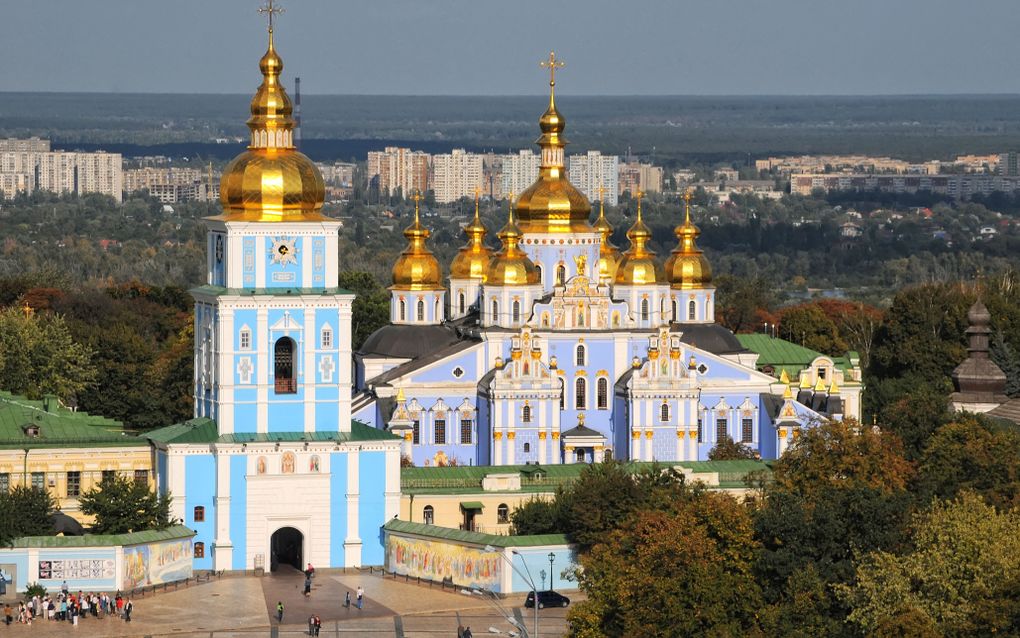Concerns about church heritage because of Russian attack on Ukraine
01-03-2022
Eastern Europe
CNE.news

St. Michael's Golden-Domed Monastery in Kyiv, the headquarters of the Orthodox Church of Ukraine. Photo Wikimedia Commons
Eastern Europe
What will happen to the churches and monasteries on Unesco’s World Heritage List if Russia takes the Ukrainian capital Kyiv? Norwegian expert Rebekka Borsch fears that Russia will not leave the buildings untouched.
In recent years, we have seen an intensification in the damage of cultural monuments, Rebekka Borsch, head of the Norwegian Unesco Commission, tells the Norwegian newspaper Vårt Land. “It is a weapon that is used more aggressively, and to a greater extent is part of conflict exercise than before.” She cites Islamist attacks in Mali and the Middle East as examples from recent times where cultural monuments have been deliberately used as weapons.
Destruction of cultural heritage is more than material destruction, Borsch continues. “It is the destruction of both cultural heritage, human rights and identity. Therefore, it is defined as a war crime.”
UN Hague Convention
Now that Russia has invaded Ukraine, it is uncertain what Russian forces will do if they take control of Kyiv. According to Borsch, several sites in the Ukrainian capital have been incorporated into the Unesco World Heritage List, including St. Sofia’s Cathedral and the associated Orthodox monasteries. Russia and Ukraine are among the many countries that have acceded to the so-called Hague Convention from the UN. It is agreed that governments should not cause damage to cultural heritage.
Borsch is not reassured that Russia will keep to this agreement. “Russia has not joined the latest protocol but should be bound by the Hague Convention anyway. However, in recent days, we have learned that Russia no longer abides by international rules”, the head of the Norwegian Unesco Commission says. She believes the concern that Russian forces damage Ukrainian cultural monuments is justified.
Russian-Ukrainian community
St. Sofia Cathedral and Pechersk Lavra Monastery –the seat of the Russian Orthodox Church in Ukraine– are some of Europe’s most important cultural monuments, says Mari Hvattum. Together, the cathedral and the monastery form a unique building complex that testifies to almost 1000 years of Orthodox history, the professor of architecture at the School of Architecture and Design in Oslo adds.
“In connection with the brutal invasion of Ukraine, the destruction of St. Sofia Cathedral would be particularly heartbreaking because it symbolises a Russian-Ukrainian cultural community that is now in ruins”, the professor believes.
Destruction of cultural monuments in war is an all-too-common offence. Just think of IS’ destruction of the Unesco-listed ancient city of Palmyra in 2015 and 2017 and their demolition of the ancient city gates of Nineveh in 2016.


